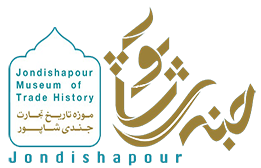In addition to having a treasure of valuable historical works and objects, Jondishapour Museum of Trade History has also made films and motion graphics to display its objects in a different and attractive way. Another important measure of this museum is the three-dimensionalization of objects, 3D rendering is one of the most important tasks in the museum world, because in this way, museums not only contribute to the sustainability of cultural heritage, but also present the historical object more concretely to the audience . Jondishapour museum of trade history is one of the first museums in Iran that has addressed this important issue. Another valuable action is the national registration of 11 exquisite and valuable artifacts , which information you can see below. …

